 Posted by Vint Cerf, Vice President and Chief Internet Evangelist; Grant Erickson, Principal Engineer; Kevin Po, Product Manager
Posted by Vint Cerf, Vice President and Chief Internet Evangelist; Grant Erickson, Principal Engineer; Kevin Po, Product ManagerGoogle is announcing Project Connected Home over IP, a new Working Group alongside industry partners such as Amazon, Apple and the Zigbee Alliance (separate from the existing Zigbee 3.0/PRO protocol). The project aims to build a new standard that enables IP-based communication across smart home devices, mobile apps, and cloud services. Device manufacturers, silicon providers, and other developers are invited to join the working group and contribute existing open-source technologies into the initiative to accelerate its development so customers and device makers can benefit sooner.
We have a Keyword post that describes the project and its potential to create a USB-like “plug-and-play” protocol for the home. We are hopeful this new standard will make it easier for developers to create reliable, safe, secure, private, interoperable, and Internet-enhanced but Internet-optional devices.
To accelerate this initiative, Google will be contributing core technologies from our OpenWeave project, and also providing our expertise in IP-carrying low-powered mesh networking protocols like Thread. In this post, we will deep dive further into Google’s thinking for smart home connectivity protocols, and how we see the potential convergence of these technologies in the industry.
Putting the Internet in Internet of Things
IP plus UDP and TCP, have brought us the richness of the Internet, web, and mobile revolutions and is equally as applicable to the things that make up the smart home and put the “Internet” in Internet of Things.
Because of the unique ability for IP to bring together disparate network technologies, it provides an ideal platform for convergence in the helpful home. Further, rather than requiring product and application-specific infrastructure, IP-based solutions can leverage off-the-shelf network infrastructure than can be shared across many applications and products. This helps reduce the mess of wires and pucks spawned by gateways and hubs common in many smart home solutions today.
An IP-based solution such as Project Connected Home over IP supports direct, private and secure end-to-end communications among devices, mobiles, and cloud services with a familiar and consistent development and programming model making it easier for developers to leverage their experience and solutions across those domains. This approach reduces points of attack and weakness where security would otherwise be terminated and reinitiated.
When we began our own helpful home journey over eight years ago, we looked at the existing technology options, noted many vertically integrated stacks, and considered their costs to users and partners. Consequently, we invested in complementary IP-based and IP-carrying technologies, Weave and Thread respectively, to bring the benefits of IP to two layers of the network stack—the application layer and the low-power wireless network layer.
The growth of the smart home industry has added new technologies and learnings, such as data models and service discovery design. The industry now has a strong desire to converge these learnings into a single protocol that can be widely adopted, and ultimately provide the user the choice to setup and control their smart home device in their preferred ecosystem. We hope the Project will bring this vision to life.
Project Connected Home over IP
The Project, illustrated below, will bring together the best of market and product-proven technologies to build a solution that provides benefits like:
- An easily adoptable application standard for a set of network technologies, including Wi-Fi, Thread, and Bluetooth Low Energy (BLE).
- End-to-end data security and privacy among in-home and mobile devices, and cloud services.
- A unified and standardized baseline set of out-of-box setup components.
- Platform and ecosystem-agnostic technology—any device, any ecosystem.
- Reducing one-off gateways and translators by building upon IP
- A consistent programming model for devices, mobile, and cloud.

Here is how we see these network layer technologies addressing current smart home needs with the Project’s proposed application protocol running over them.
Network Layer Support: Efficient, Fast, and Convenient
At Google, we find that Thread, Wi-Fi, and Bluetooth Low Energy are three complementary wireless connectivity technologies that unlock key use cases in the home:
Efficient: Thread
Thread is an IP-carrying low-powered mesh networking protocol, it’s specifically designed for low bandwidth network applications and network infrastructure. It also complements Cellular, Ethernet, or Wi-Fi for cloud and mobile interactions. Thread is well-suited for high reliability applications where outages might be unacceptable as it features a self-healing mesh.
We use Thread today in our products like Nest Detect and the Nest x Yale Lock.
Fast: Wi-Fi
Wi-Fi is the popular high-bandwidth, low-latency wireless network designed for mains- or rechargeable battery-powered network applications and network infrastructure. Wi-Fi is typically used to stream the latest content from the Google Play Store to your mobile or living room devices such as Pixel or Nest Hub Max; it can also be a great solution for products like Nest Camera or Nest Learning Thermostat. Finally, when paired with IP-carrying technologies like Thread, Wi-Fi is a path to mobiles, the Internet, and cloud services for low-powered connected devices.
Convenient: Bluetooth Low Energy
Mobile phones today provide an easy way to check your smart home devices from anywhere. Phones nearly universally support Bluetooth Low Energy (BLE), providing an easy way to connect and set devices up. In addition to its valuable role in out-of-box setup, BLE can also serve as a direct-to-mobile proximity link, which is not only convenient but can also help meet regulatory “nearby” requirements for safety and security applications. For example, we use BLE as the communication method for App Silence, the mobile alarm hush functionality in Nest Protect.
Acceleration through Proven Technologies and Open Source
Developing any new standard is an intensive and challenging process, which directly impacts its time-to-market to the community.
The Project intends on addressing the time-to-market challenge by bringing together and building upon the best aspects of market-proven technologies such as Google’s OpenWeave as well as other protocols and data models from partner organizations. The intent is to use a system integration effort to combine these technologies into a cohesive, open-source protocol that can be rapidly iterated and tested since most of the code already exists. We hope this approach will bring new benefits to users and device makers faster.
Come Join the Effort!
We are excited to be working with Amazon, Apple, the Zigbee Alliance, the open source community and you towards this goal. We believe the Project will make things easier for customers and developers—providing the ability to choose from a broader and wider array of helpful smart home products, provide assurance products will work together, and deliver on security and privacy, regardless of the ecosystem. It’s much like the ability to use a USB printer, without having to worry about if it works with a Chromebook, Mac, or Windows computer.
Come join us in the Connected Home over IP Working Group today and bring the vision of the Project to life! You can also learn more about our current smart home technologies here and how they enable easy integration with the Assistant.



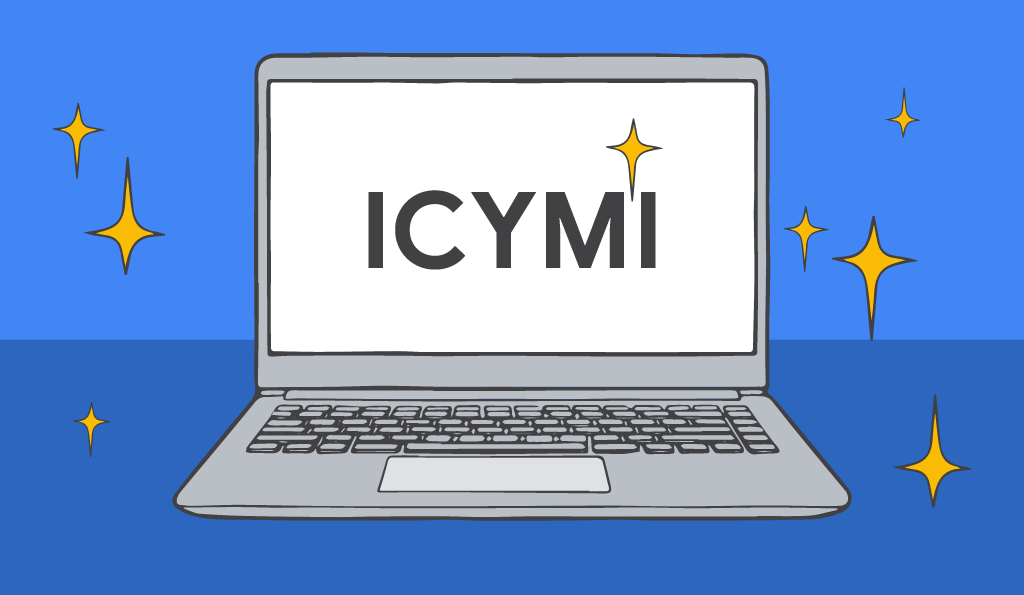 Posted by Natalie Dao, Google Developers Social Team
Posted by Natalie Dao, Google Developers Social Team Finally, a vacuum cleaner that doesn’t suck! Wait. Ecovacs Robotics manufactures robotic vacuum cleaners powered by a TensorFlow Lite model to help detect and avoid obstacles.
Finally, a vacuum cleaner that doesn’t suck! Wait. Ecovacs Robotics manufactures robotic vacuum cleaners powered by a TensorFlow Lite model to help detect and avoid obstacles. 
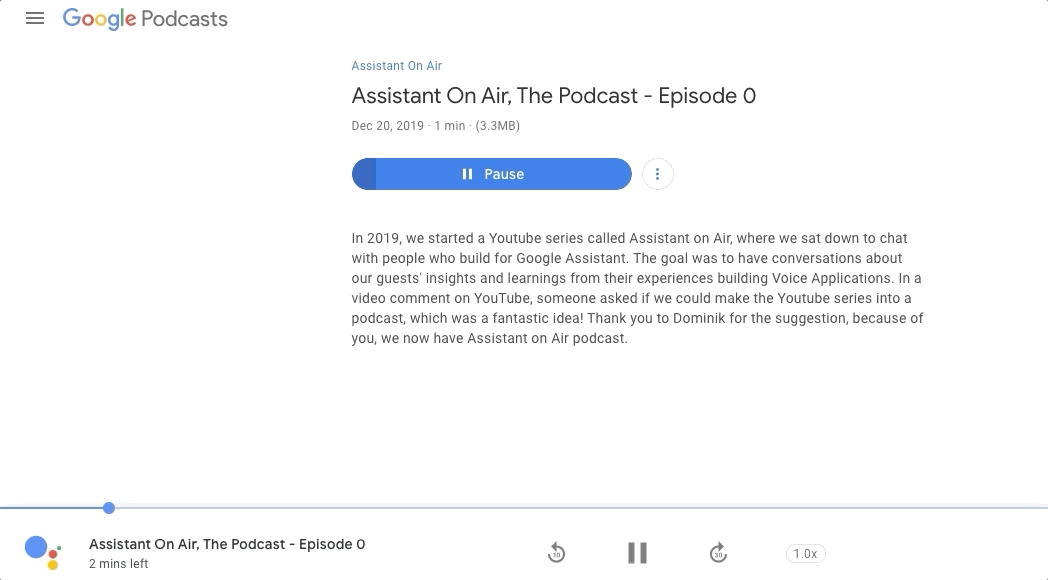
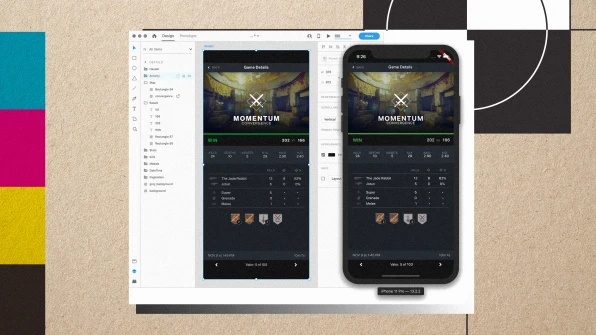
 The time is now to register for the TensorFlow Dev Summit! Join the machine learning community in Sunnyvale, CA this March for two full days of highly technical talks, demos, sessions, and networking with the TensorFlow team.
The time is now to register for the TensorFlow Dev Summit! Join the machine learning community in Sunnyvale, CA this March for two full days of highly technical talks, demos, sessions, and networking with the TensorFlow team.  SO. MANY. EVENTS. Registration for Google Cloud Next ‘20 has been announced! Taking place in the charming city of San Francisco, this epic conference brings together some of the brightest minds in tech for three days of networking, learning, and collaboration. Get the scoop on all the latest products, learn how leading brands use Cloud to solve challenges, immerse yourself in exhibits, and more.
SO. MANY. EVENTS. Registration for Google Cloud Next ‘20 has been announced! Taking place in the charming city of San Francisco, this epic conference brings together some of the brightest minds in tech for three days of networking, learning, and collaboration. Get the scoop on all the latest products, learn how leading brands use Cloud to solve challenges, immerse yourself in exhibits, and more. 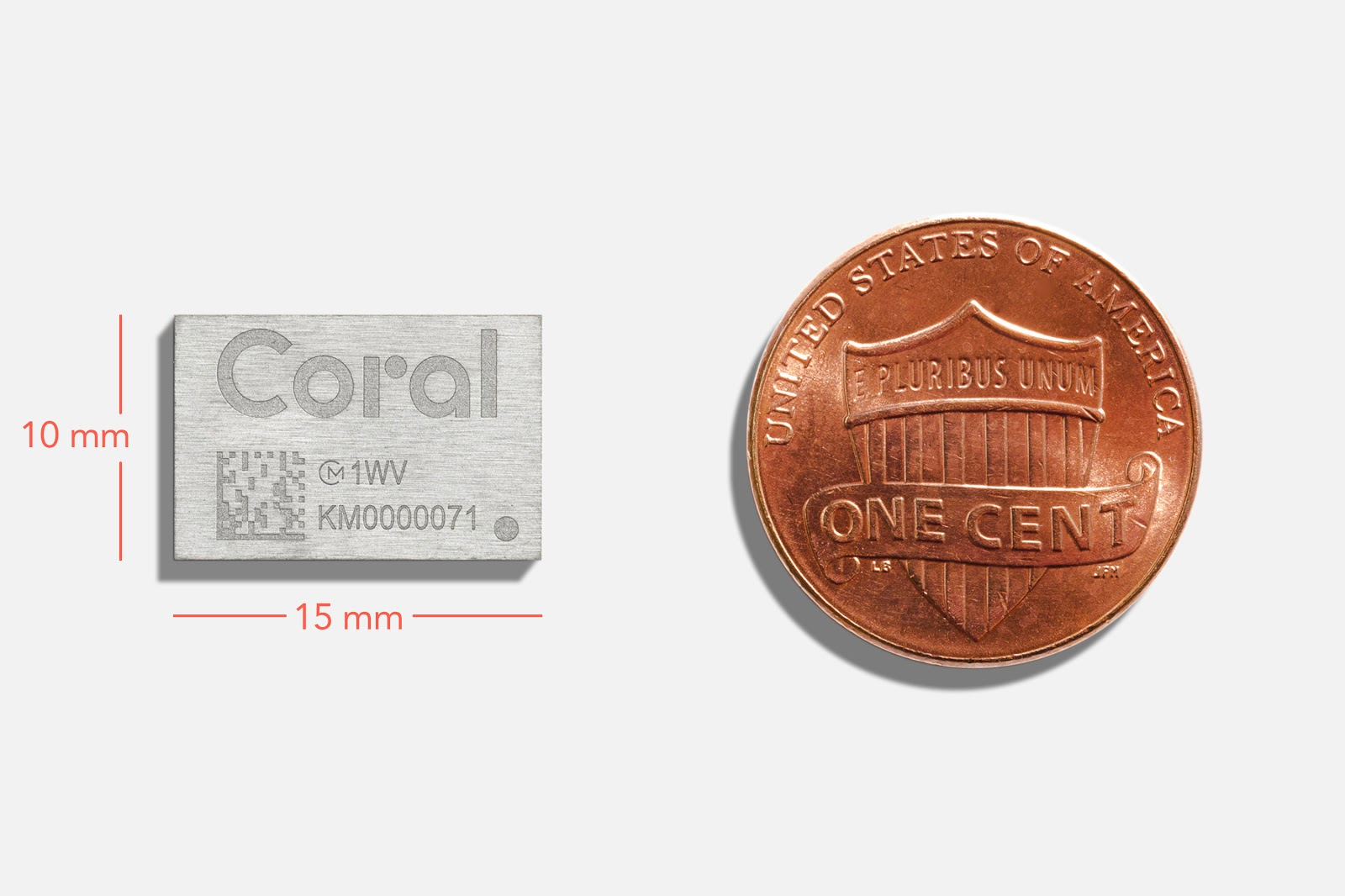 Coral is a platform of hardware components and software tools that makes prototyping and scaling local AI products easier. Launched last year, this portfolio of products has been used for many applications across different industries ranging from healthcare to agriculture. To kick off the new year, Coral has released new products to expand the possibilities of local AI!
Coral is a platform of hardware components and software tools that makes prototyping and scaling local AI products easier. Launched last year, this portfolio of products has been used for many applications across different industries ranging from healthcare to agriculture. To kick off the new year, Coral has released new products to expand the possibilities of local AI! 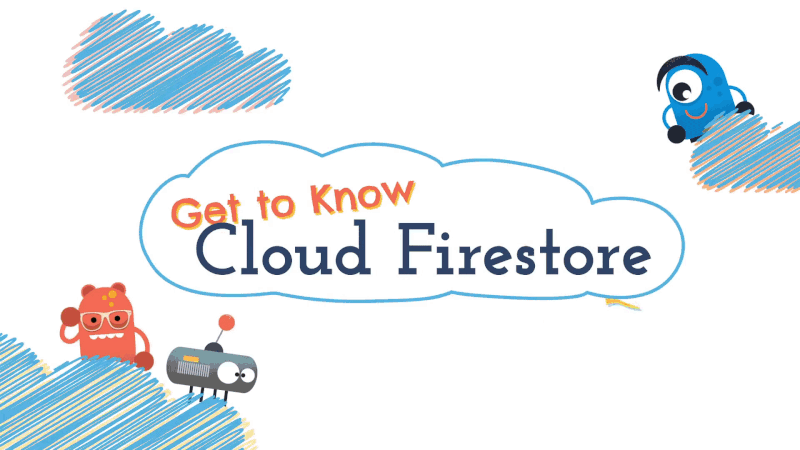 In this episode of Get to Know Cloud Firestore from
In this episode of Get to Know Cloud Firestore from 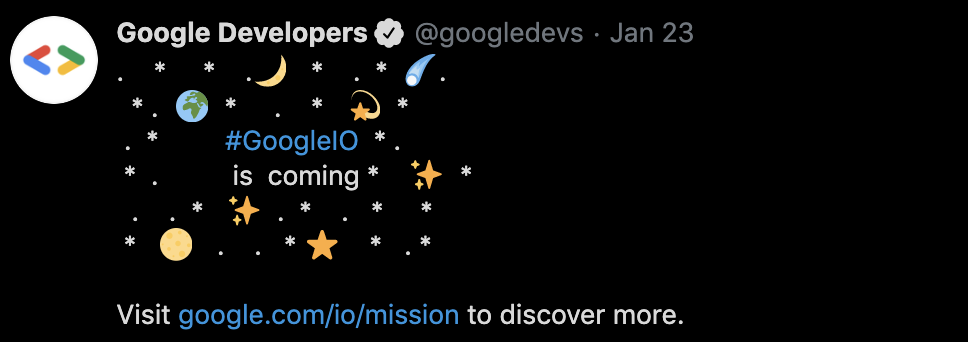 #GoogleIO is returning to Mountain View in May! To announce the event, Google launched a collaborative game where users worked together to repair an intergalactic satellite network. Although the date has been decoded by savvy internet detectives, you can still embark on the
#GoogleIO is returning to Mountain View in May! To announce the event, Google launched a collaborative game where users worked together to repair an intergalactic satellite network. Although the date has been decoded by savvy internet detectives, you can still embark on the  Posted by Michael Hays and Tyler Mullen from the MediaPipe team
Posted by Michael Hays and Tyler Mullen from the MediaPipe team 

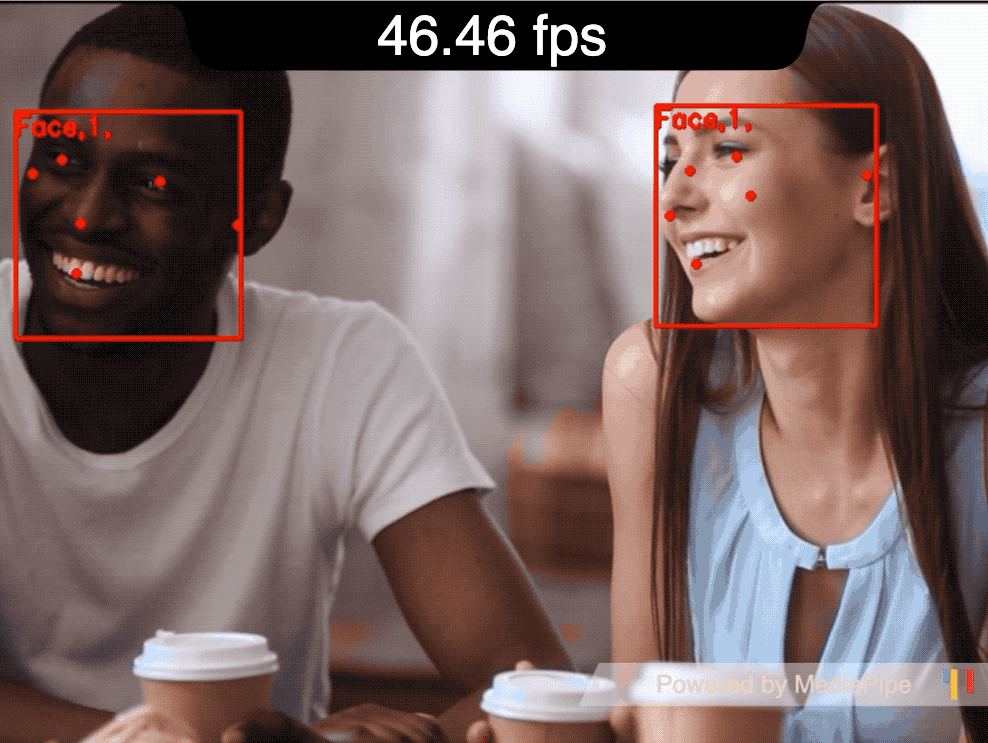

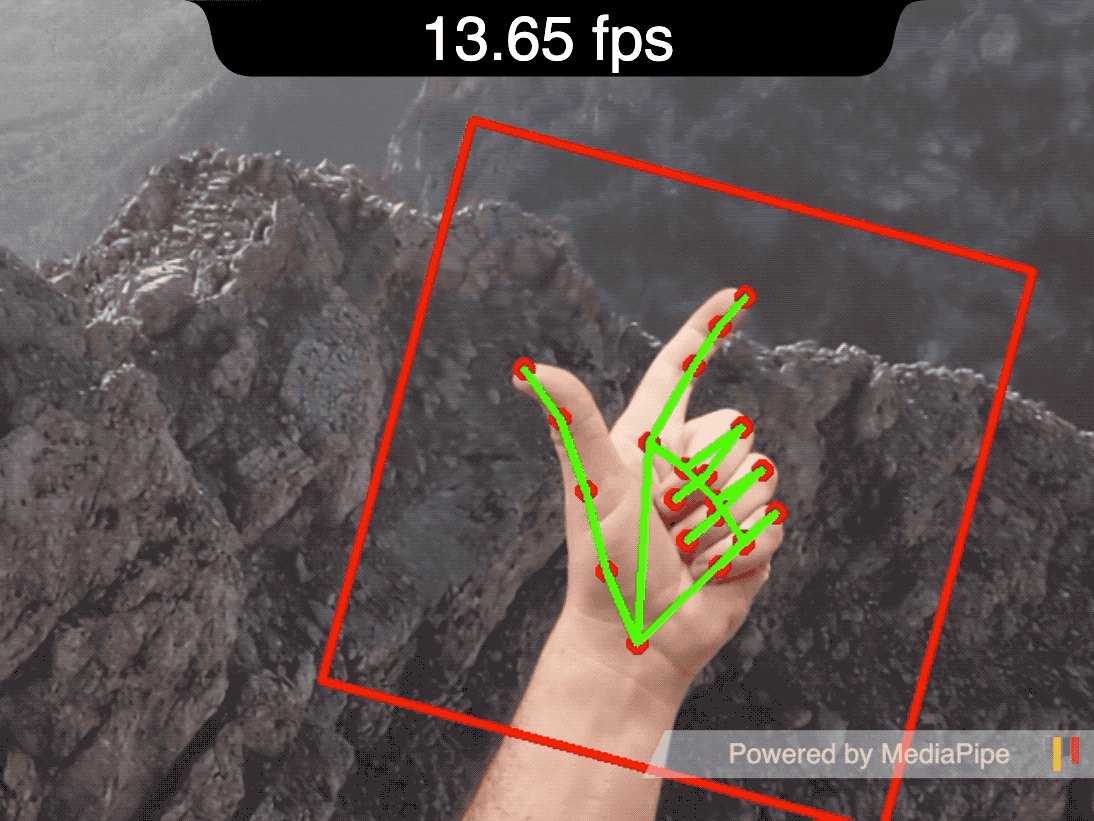


 Posted by Billy Rutledge, Director Google Research, Coral Team
Posted by Billy Rutledge, Director Google Research, Coral Team Posted by Vint Cerf, Vice President and Chief Internet Evangelist; Grant Erickson, Principal Engineer; Kevin Po, Product Manager
Posted by Vint Cerf, Vice President and Chief Internet Evangelist; Grant Erickson, Principal Engineer; Kevin Po, Product Manager Jen Harvey, Head of Marketing, Google Developers Launchpad
Jen Harvey, Head of Marketing, Google Developers Launchpad